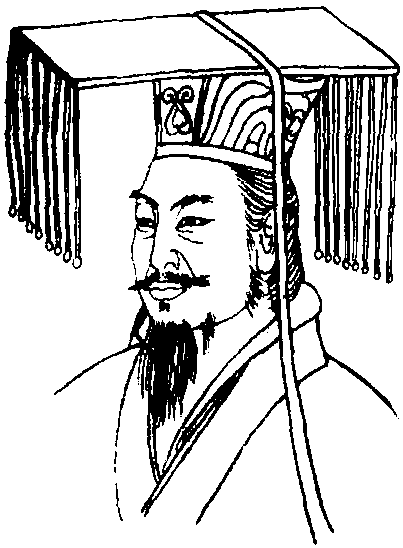吴大帝182—252
即孙权,三国时吴国的建立者。字仲谋,吴郡富春 (今浙江富阳县) 人。东汉末年,追随其兄孙策征战。建安五年 (200),孙策遇刺身亡,孙权继承兄业据有江东六郡。在张昭、周瑜等的辅佐下,安抚将士百姓,稳定东吴局势。建安十三年 (208),联合刘备,在赤壁 (今湖北蒲圻西北) 大败曹操,稳定了在江东的地位。随后又联曹反蜀,公元219年杀蜀将关羽,从刘备手中夺取荆州。两年后被曹丕封为吴王,次年改元黄武。后又在彝陵之战中大败刘备。黄龙元年(229),在武昌 (今湖北鄂城) 称帝,国号吴,不久迁都建业 (今江苏南京)。229—252年在位共二十三年,实际执政五十二年。在位期间,曾于230年派大将卫温率万人船队到达夷洲 (今台湾),加强了大陆与台湾的联系; 还派人北航辽东,南通南海; 又设置典农校尉等农官,管理屯田事务; 在山越平定地区设立郡县,促进了江南地区的开发。为了争取各门大族的支持,实行父子相传的世将制和按军功赐以俸邑的俸邑制。但吴国赋役繁重,刑罚残酷,人民起义时有发生。孙权还宠信小人,对守边将领必要求交出妻子作人质。统治后期,太子孙和和鲁王孙霸争夺太子地位,朝臣也分为拥嫡派和拥庶派。孙权在不得已的情况下,于250年改立少帝孙亮 252年死,终年七十一岁 追尊为吴大帝,葬蒋陵。(今江苏江宁县钟山南)。

吴大帝孙权
- (一)农村经济各经营层次的收入变化
- (一)农村经济得到全面发展
- (一) 农村经济总收入
- (一)农村经济总量大幅度增长
- (一) 农村经济总量大幅度增长,农民生活有了明显改善,部分县市已实现小康目标
- (一)农村经济持续发展
- (一)农村经济收入
- (一)农村经济有了长足的发展
- (一)农村经济特征
- (一) 农村经济的主体力量
- (一)农村经济的发展阶段
- (一)农村经济的重要支柱
- (一)农村经济迅速恢复和发展时期
- (一)农村职业中学
- (一)农村能源供求关系预测
- (一)农村能源建设历程
- (一)农村能源概况
- (一)农村能源消费总量及构成
- (一)农村能源结构
- (一)农村能源综合建设试点县工作
- (一)农村能源设施建设
- (一) 农村能源资源
- (一)农村能源资源分布
- (一)农村能源资源构成
- (一) 农村自然灾害救济